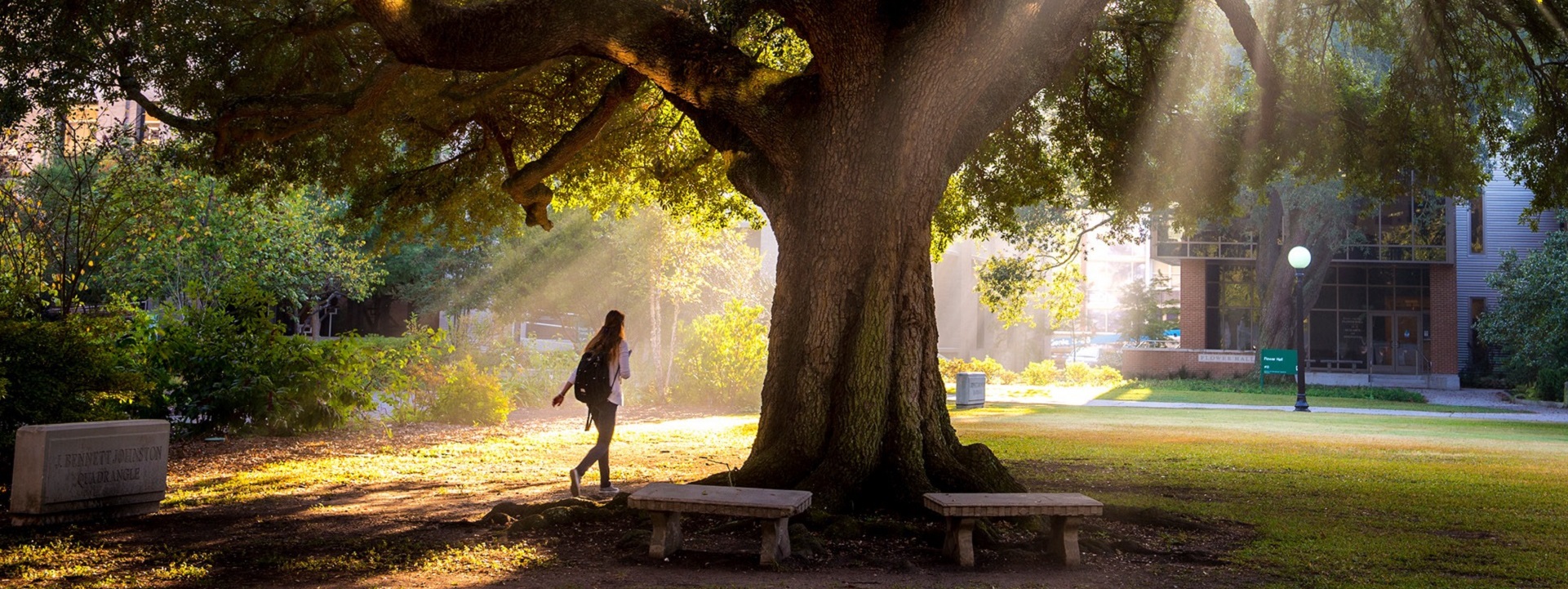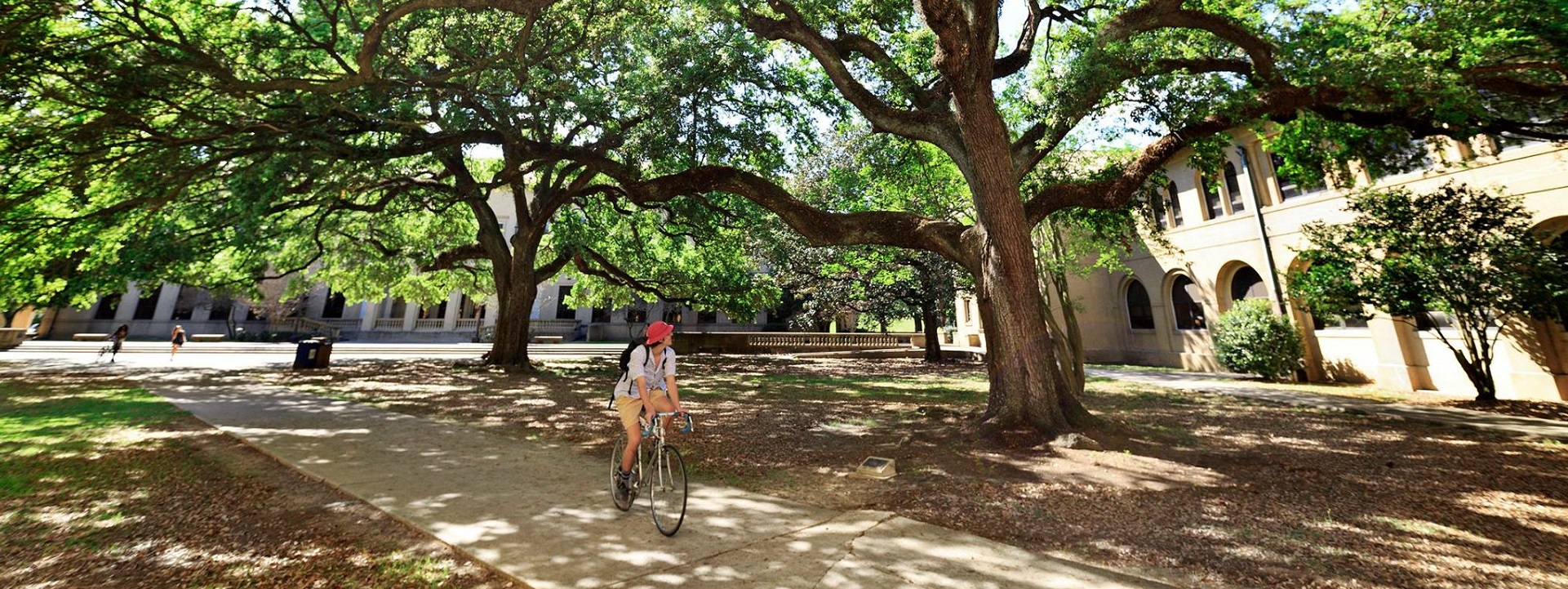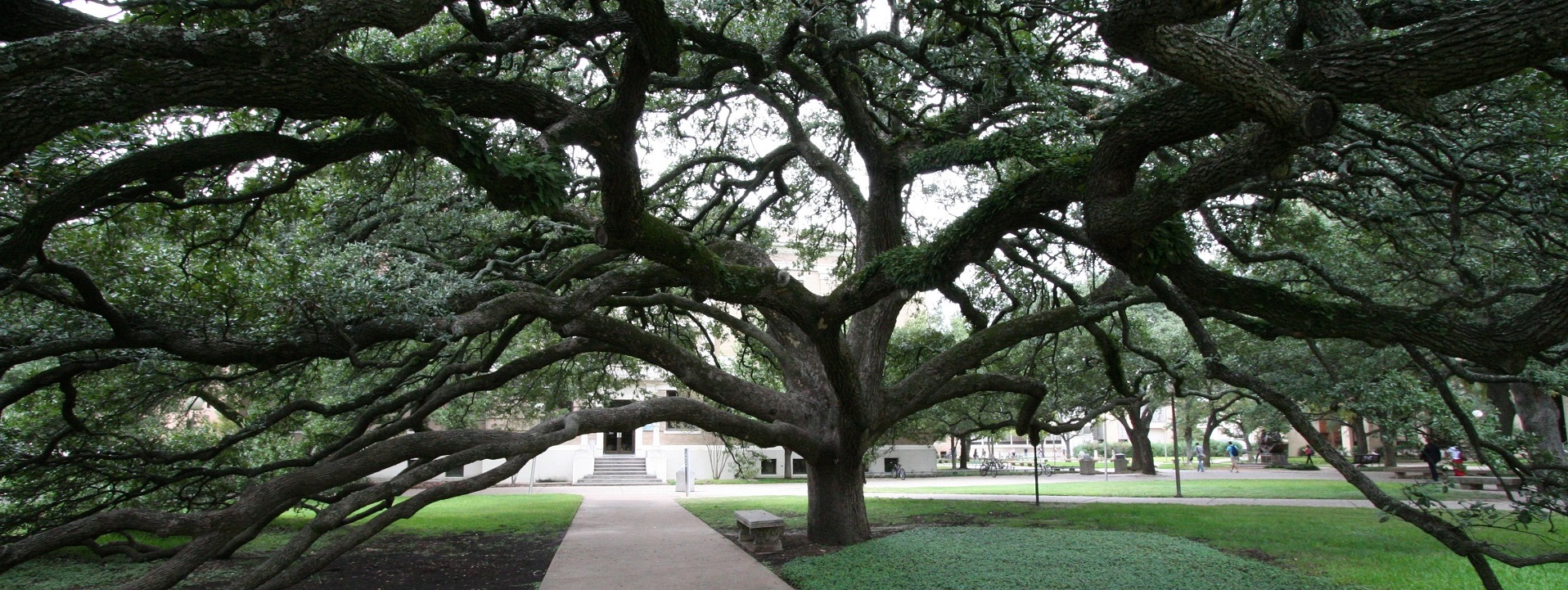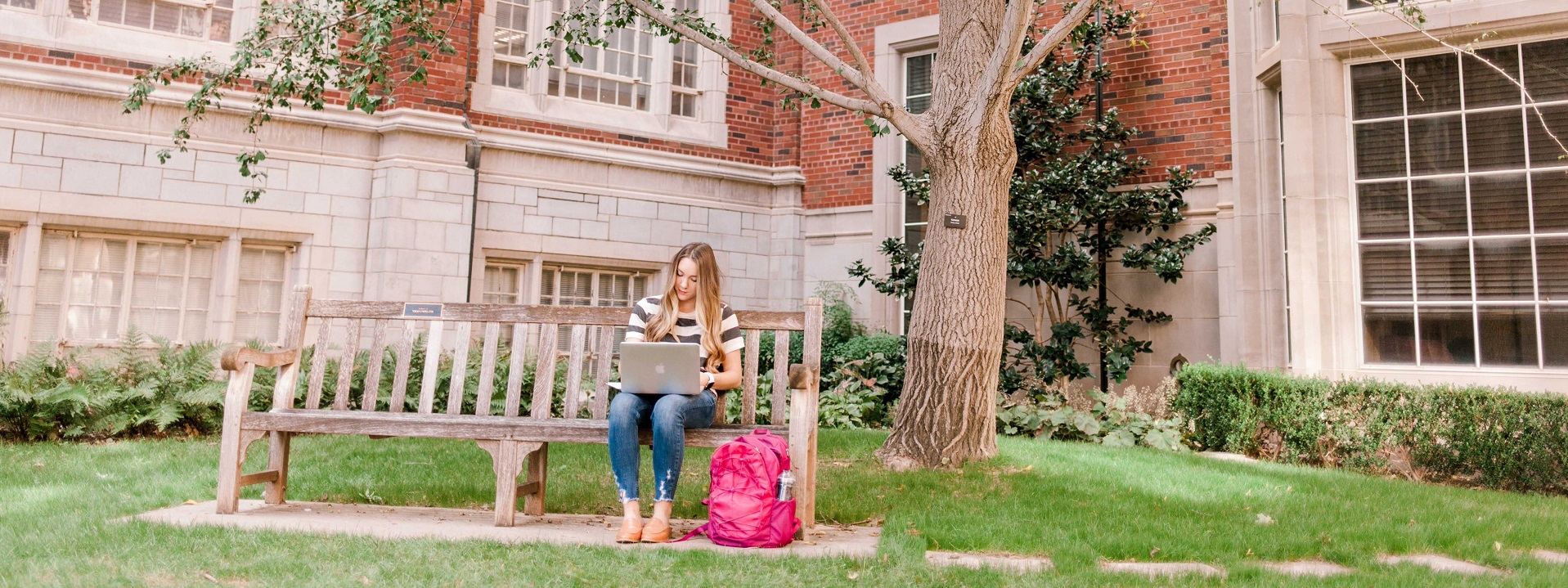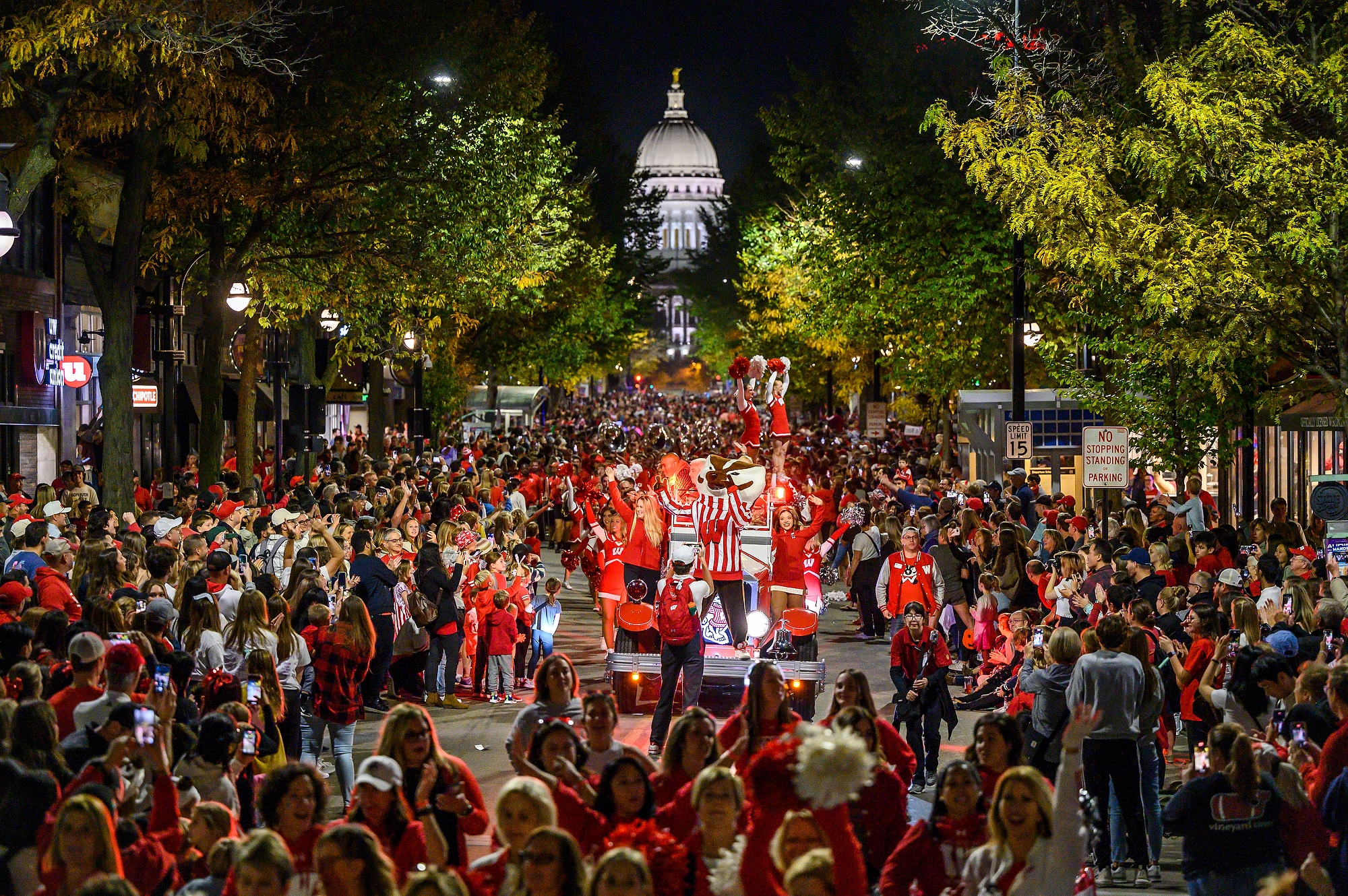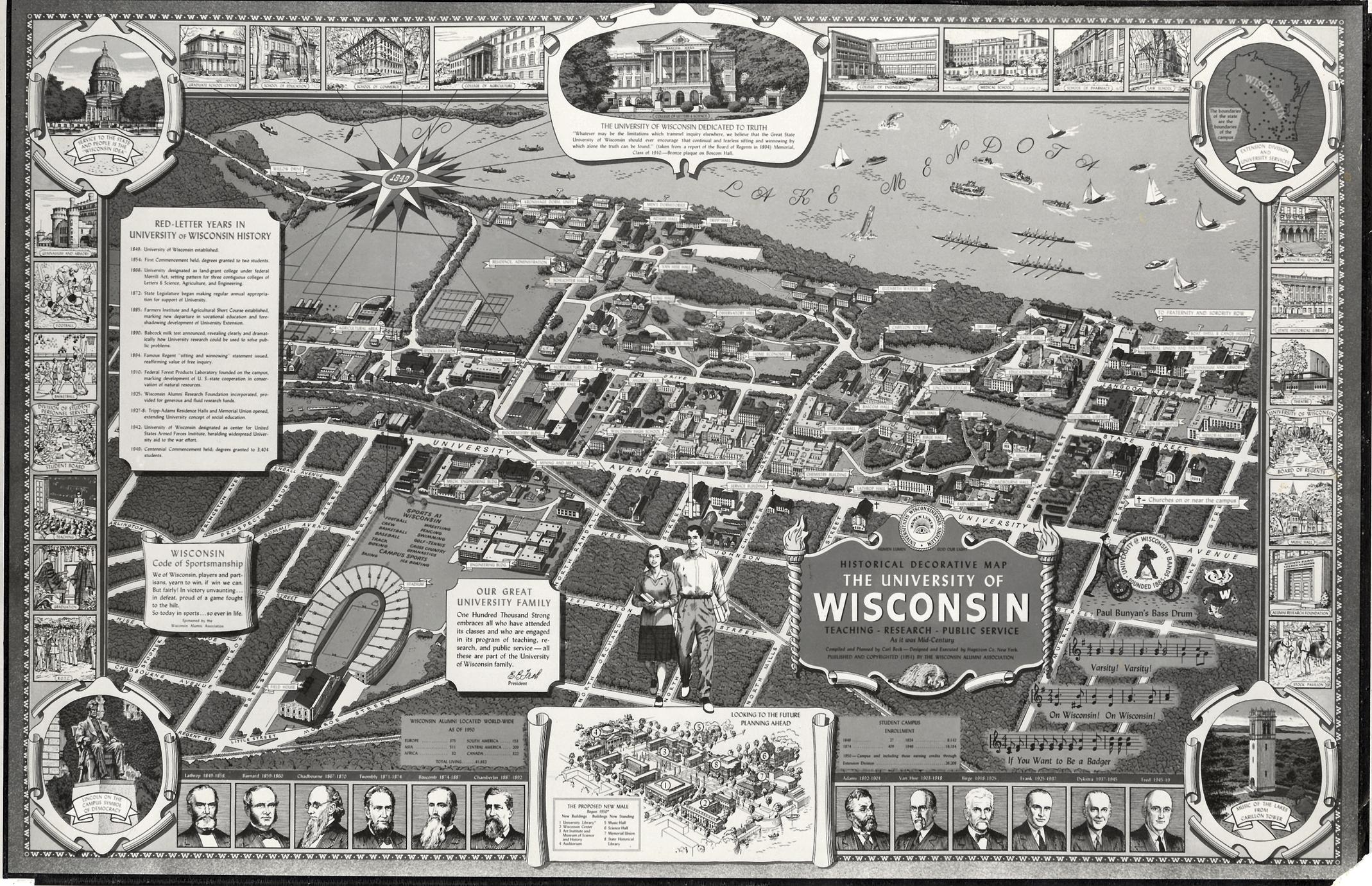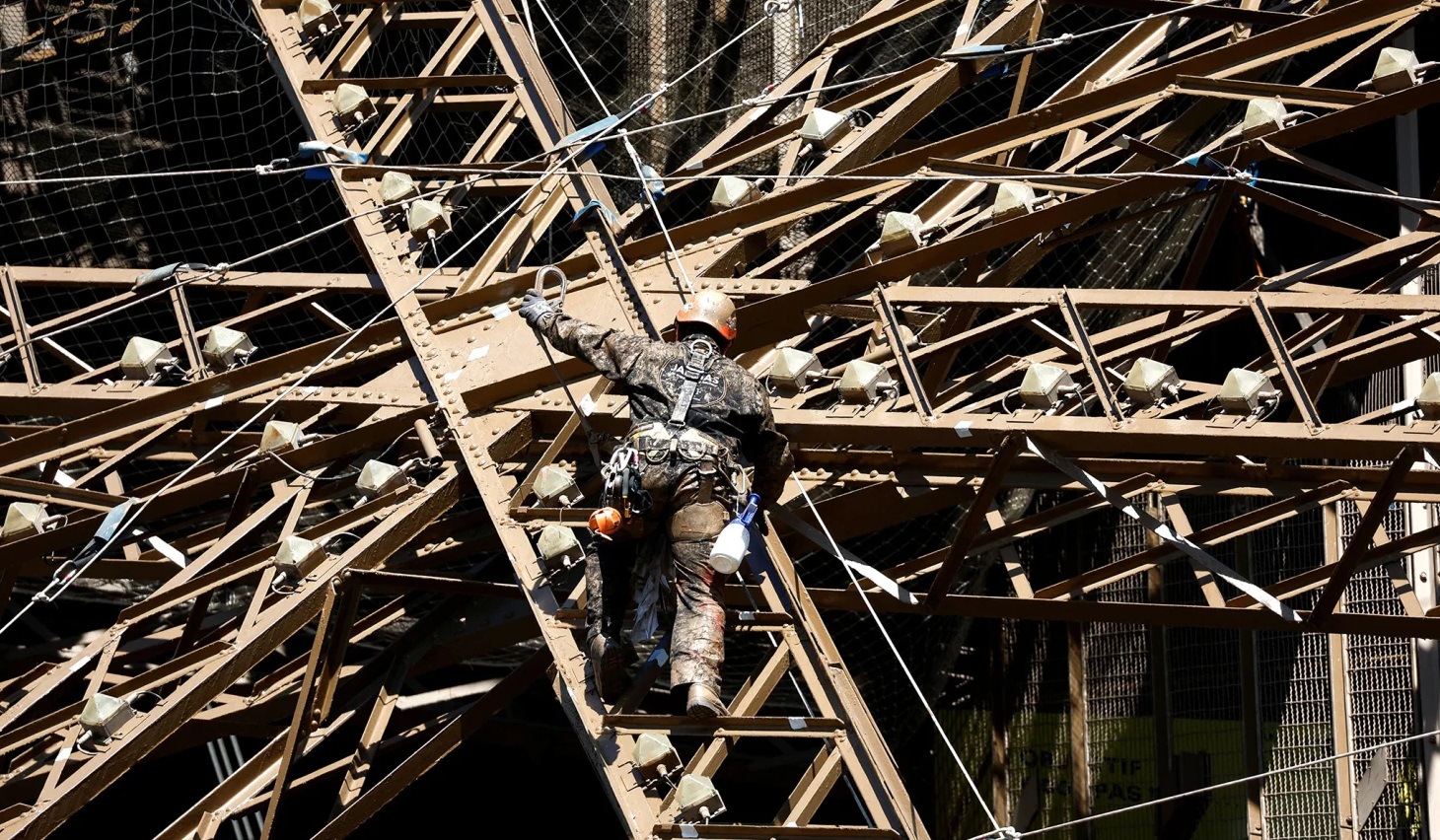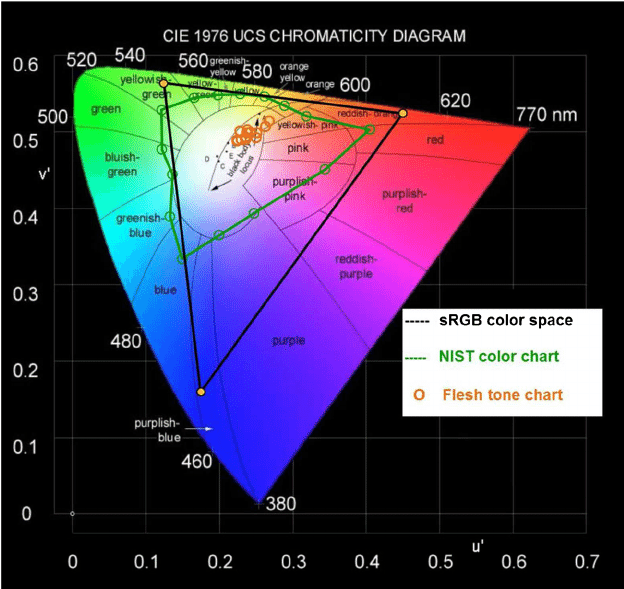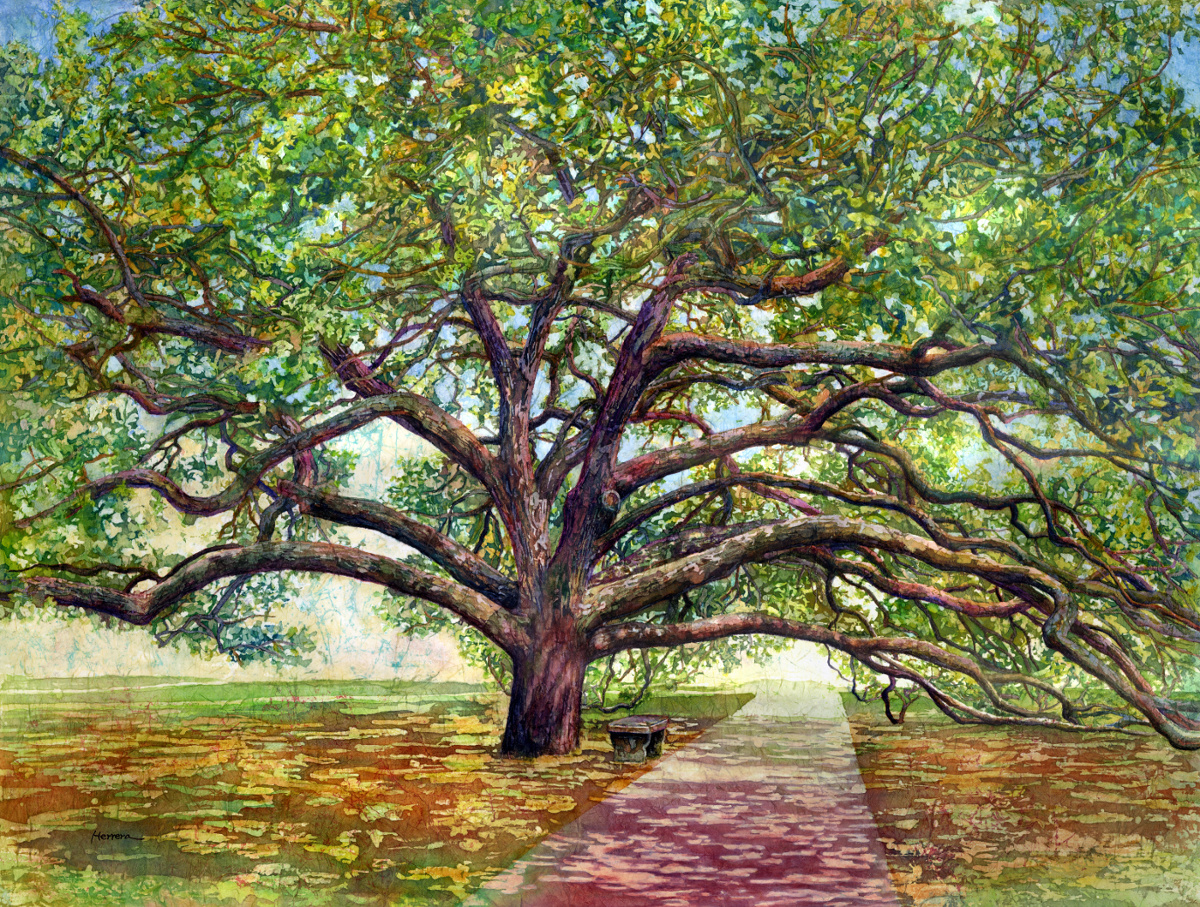
“Century Tree Texas A&M University” Haley Herrera

Federal regulations that apply to the landscaping of education communities are fairly stable; though land use issues tend to be capricious. Some federal regulations deal with fair trade in the purchase of landscaping materials; others deal with chemical safety; still others deal with personal protective equipment for works.
The federal government recognizes three major segments of this industry:
Landscape Design and Consultation
Landscape Installation and Maintenance
Tree Pruning and Arboriculture
For worker safety we consult the Occupational Safety and Health Administration home page:
Landscaping and Horticultural Services
From time to time we find Notices and Proposed Regulations — or notices of state-level adaptations of federal regulations — whistling across our radar. When they are meaningful and contribute to lower cost we will post the commenting opportunity.
The following voluntary American National Standards Institute (ANSI) titles may be applicable to the landscaping and horticultural units in education communities. Compliance with ANSI standards does not ensure compliance with OSHA policy, although the requirements of some ANSI standards have been adopted within OSHA standards. This list is provided for reference use only.
- A10.14, Requirements for Safety belts, Harnesses, Lanyards, Lifelines, and Drop Lines for Constructional and Industrial Use
- A14.1, Ladders – Portable Wood – Safety Requirements
- A14.2, Ladders – Portable Metal – Safety Requirements
- A14.5, Stepladders and Platform Ladders, Aluminum Magnesium, Fiberglass Ladders
- A92.2, Vehicle-Mounted Elevating and Rotating Aerial Devices
- A300, Tree Care Operations – Tree, Shrub and Other Woody Plant Maintenance – Standard Practices
- B30.5, Mobile and Locomotive Truck Cranes
- B71.1, Powered Lawn Mowers and Garden Tractors
- B71.3, Snow Throwers
- B71.4, Commercial Turf Type Equipment
- B71.6, Shredders and Grinders
- B71.8, Tillers
- B175.1, Gasoline Powered Chain Saws, Safety Requirements
- B175.2, Blowers
- B175.3, Trimmers and Brushcutters
- Z41, Protective Footgear Requirements
- Z87.1, Occupational and Educational Eye and Face Protection Devices
- Z89.1, Personnel Protection – Protective Headgear for Industrial Workers – Requirements
- Z133.1, Arboricultural Operations Safety
- Z308.1, Minimum Requirements for Workplace First Aid Kits
- Z359.1, Safety Requirements for Personal Fall Arrest Systems, Subsystems, and Components
We maintain all related best practice literature on the standing agenda of our periodic Bucolia teleconferences during which time we sort through proposed regulations, organize a response to them. War stories always welcomed. Stories about successes even more welcomed. See our CALENDAR for the next online meeting.

Workspace / OSHA






